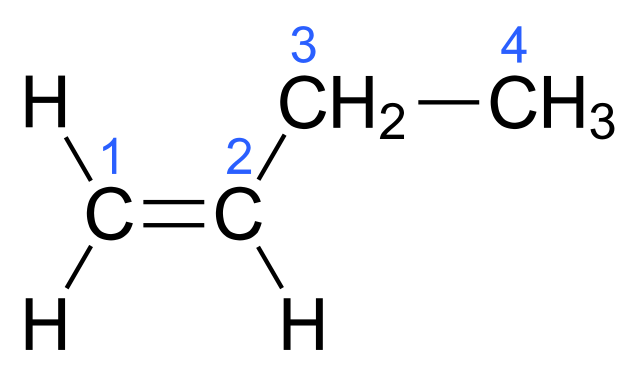How do you name alkenes and alkynes?
1 Answer
See below.
Explanation:
The IUPAC nomenclature for alkenes:
-
Find the longest continuous chain of carbon atoms that includes the double bond. When the chain contains more than three carbon atoms, a number is used to give the location of the double bond.
-
Change the -ane ending of the parent alkane to -ene.
-
Number the chain starting from the end closet to the double bond, and give the double bond the lower number of its two double-bonded carbon atoms (cycloalkanes are assumed to have the double bond in the number 1 position).
-
A compound with two double bonds is a diene. A triene has three double bonds, and a tetraene has four double bonds. Numbers are used to specify the locations of the double bonds.
-
Functional groups are accounted for in the same manner of alkanes (pay attention to alphabetical order).
Example:
The longest carbon chain contains four carbon atoms, and we start numbering the chain from the left side to give the double bond the lowest number designation (1 vs. 3). The parent alkane name is butane.
We have one double bond and no functional groups (H is not a functional group).
Therefore, the IUPAC name of the compound is but-1-ene. You may also exclude the 1, as it will be implied if no designation is included that the double bond begins on the first carbon atom. The old IUPAC name is 1-butene. Putting the designation within the name eliminates any confusion.
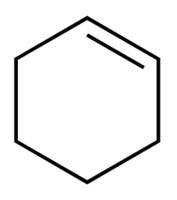
Cyclohexene
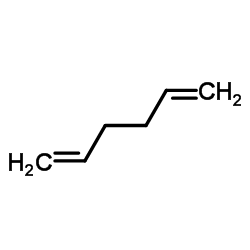
1,5-hexadiene
- When a double bond is not part of the main chain, we name the group containing the double bond as a substituent called an alkenyl group.
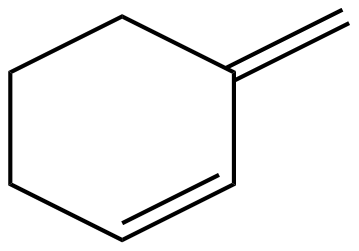
3-methylenecyclohexene
Note that cis-trans isomerism is still to be accounted for, along with any stereochemistry. Also, concerning double bonds, remember E-Z nomenclature designations.
Alkynes
The IUPAC nomenclature for alkynes is similar to that for alkenes:
-
Find the longest continuous chain of carbon atoms that includes the triple bond.
-
Change the -ane ending of the parent alkane to -yne.
-
Number the chain from the end closest to the triple bond, which takes priority (note that the position of the triple bond is designated by its lower-numbered carbon atom).
-
Functional groups are accounted for in the same manner as alkanes.
-
When additional functional groups are present, the suffixes are combined to produce the compound names of the alkenynes (a double bond and a triple bond), the alkynols (a triple bond and an alcohol), etc.
Example:
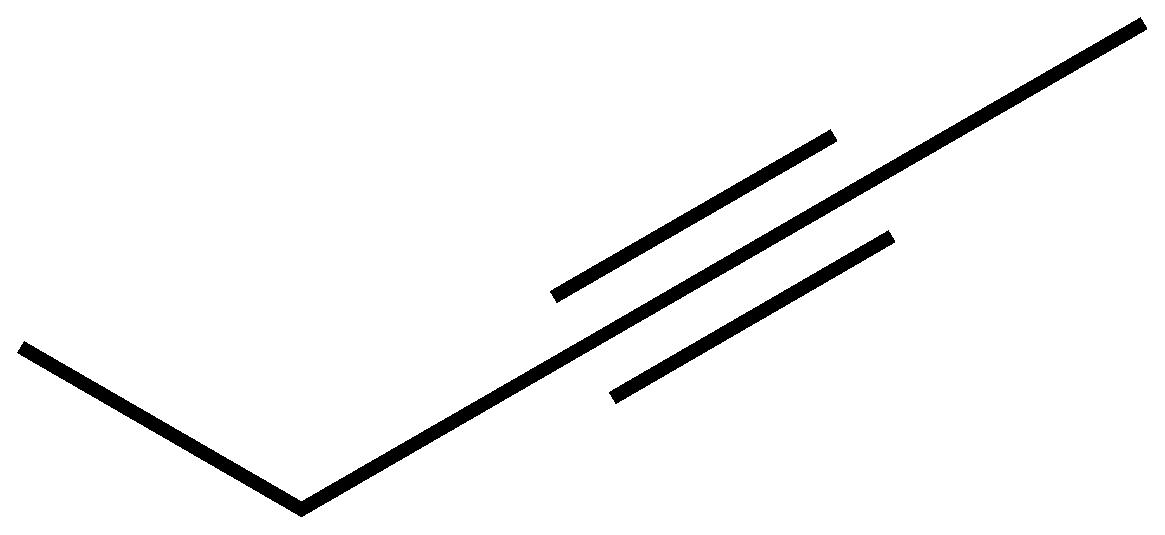
We begin by counting the longest continuous carbon chain. In this case, that is five carbon atoms. We determine from which side to start numbering them by which side will give the triple bond the lowest number designation.
We can see that if we start numbering from the right side, the triple bond begins on carbon
Our longest chain has five carbon atoms and we are numbering the chain from the right end. We have one triple bond, making this compound an alkyne. We have no additional functional groups.
The (new) IUPAC name of the compound is therefore pent-2-yne. The old IUPAC system would name this compound 2-pentyne.
A second example, containing functional groups:
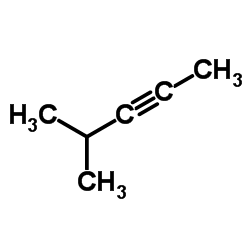
The longest carbon chain is five carbon atoms. The parent alkane is pentane (don't forget the carbon at the intersection of the two methyl groups on the left end).
We start numbering the chain in such a way that will give the triple bond the lowest number designation. Numbering from the right side will give that the triple bond begins on carbon
We have a methyl group on carbon
The (new) IUPAC name of the compound is therefore 4-methylpent-2-yne. The old IUPAC name is 4-methyl-2-pentyne.
Wade, L. G., and Jan William. Simek. Organic chemistry. 9th ed. Glenview, IL: Pearson, 2017. Print. Pg 301, 461, 462.
Referenced to ensure accuracy.

